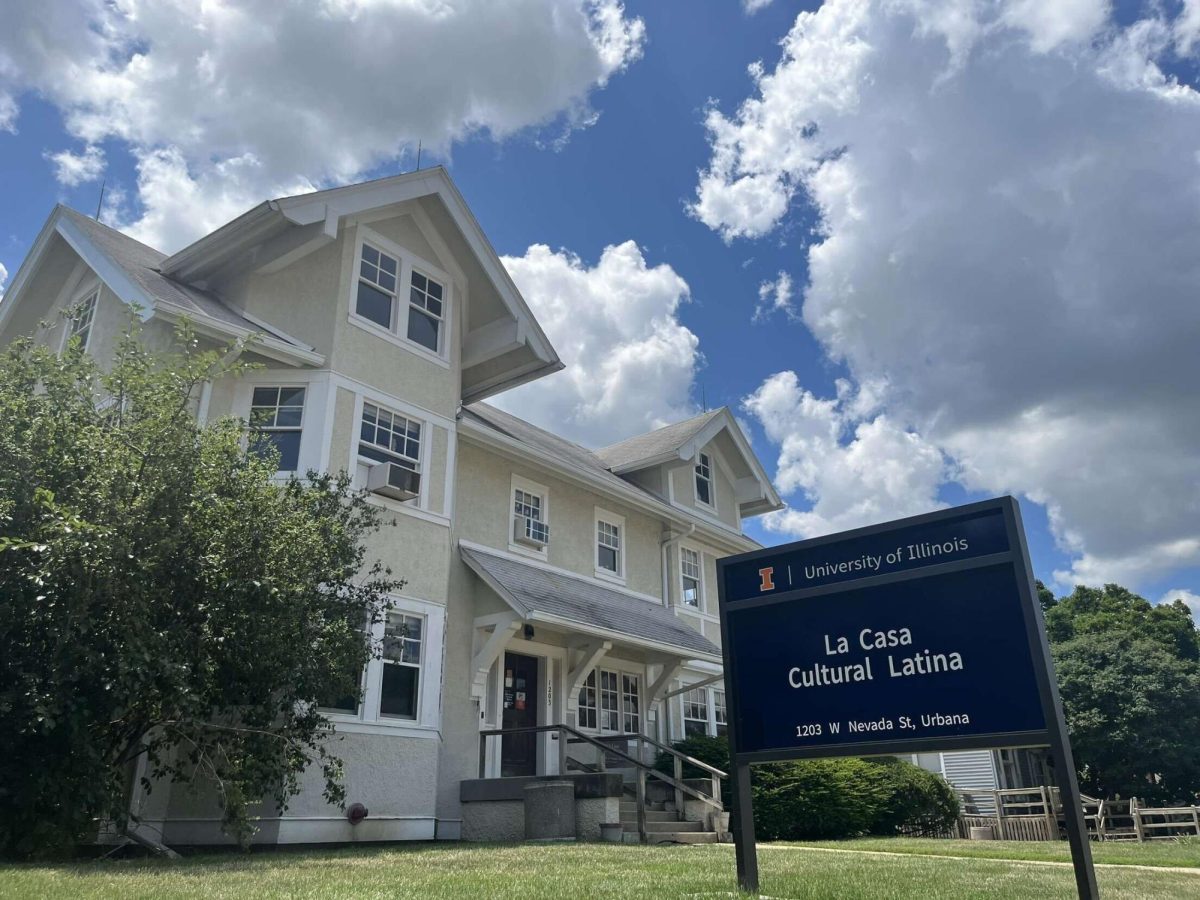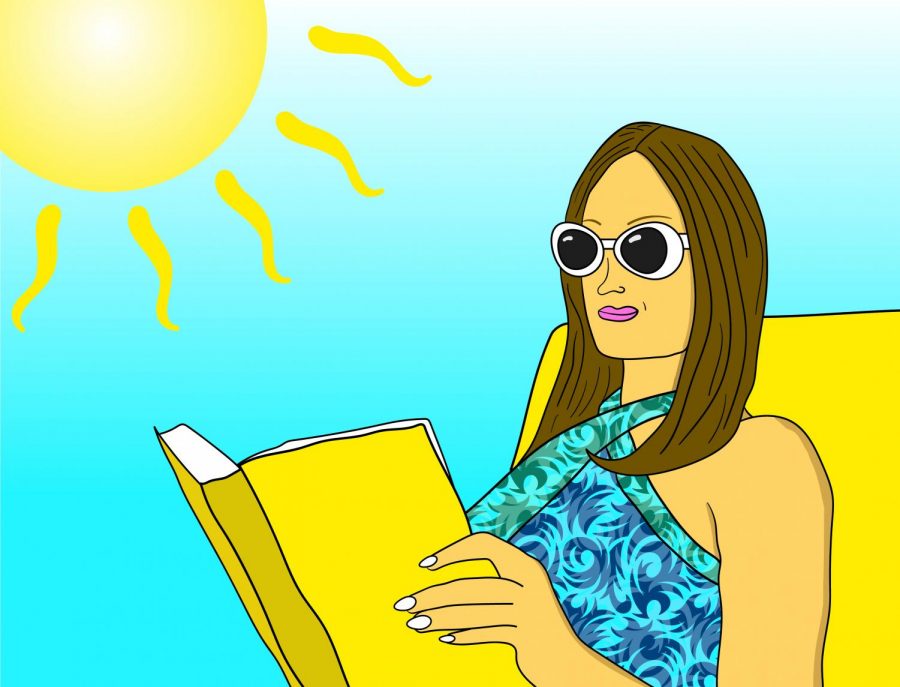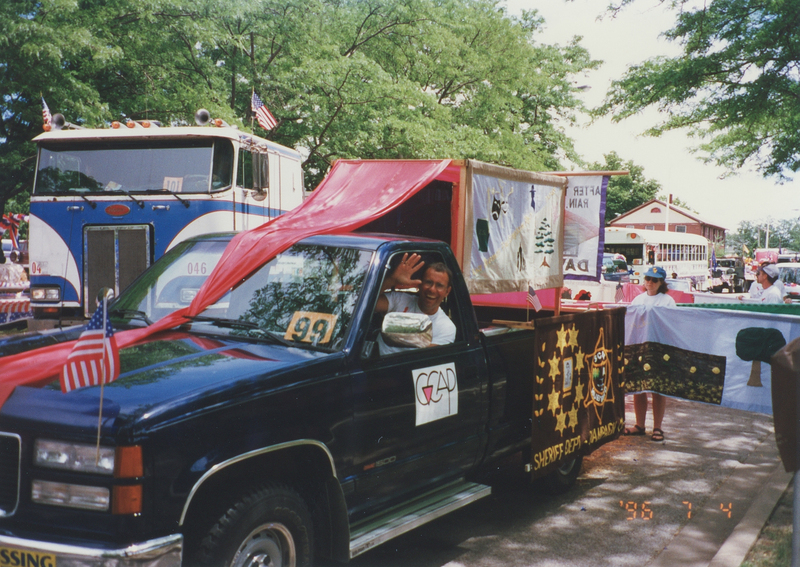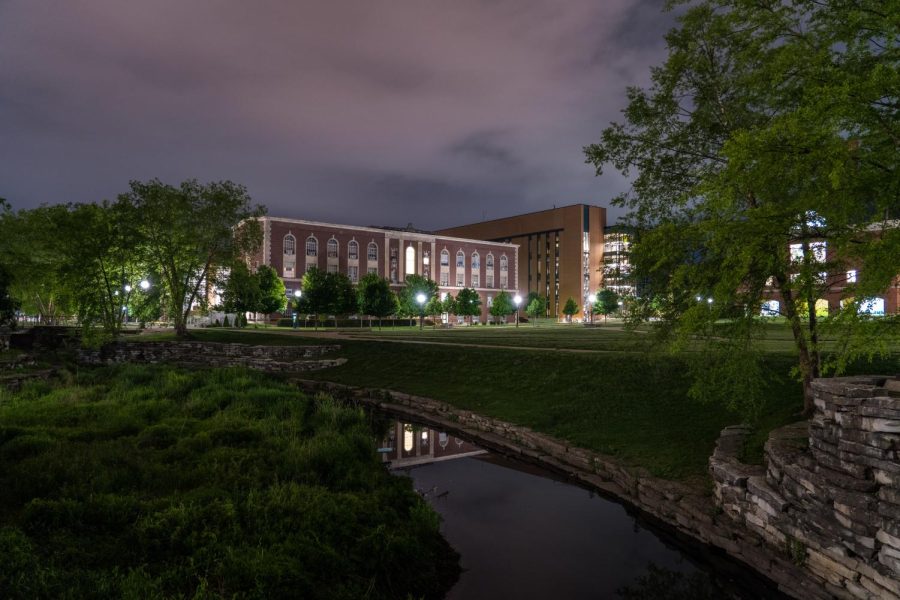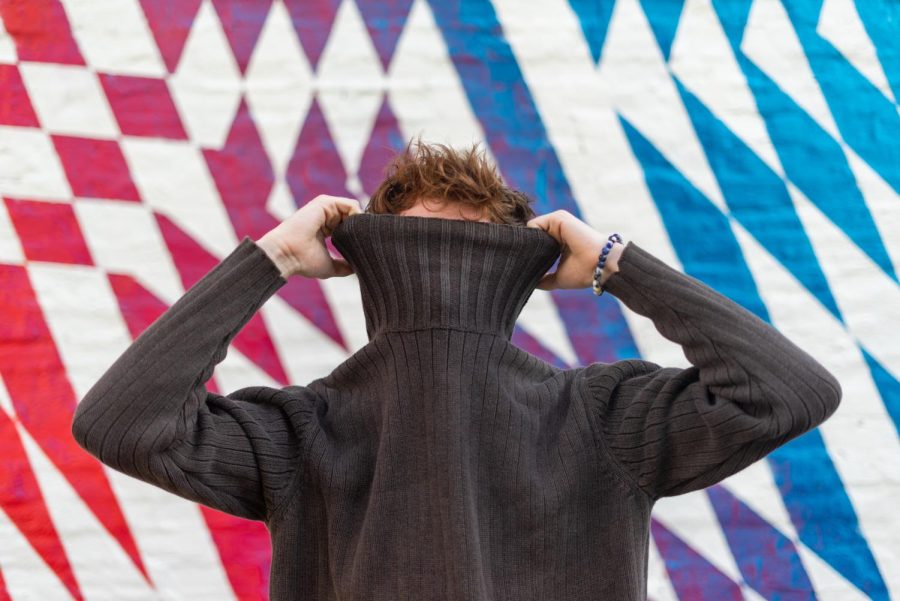When attending an institution that serves over 55,000 undergraduate and graduate students, it is easy to feel as though each individual is just another number on a page or an unremarkable dot in a sea of faces.
As the University becomes home to a new cohort of students in the fall, introduction into the campus community can seem like a daunting task. It can be intimidating to consider all of the various means of building community on the University’s campus.
Although classes, majors and academic colleges can foster some degree of closeness with like-minded individuals, many students find that connections across campus are equally important to the undergraduate experience.
Some students encounter personal connections and build community on campus through organizations. Intramural sports teams, Greek life, musical ensembles or RSOs can be extremely helpful in this process, but even with a vibrant social life and various social connections, yearning for cultural traditions, solidarity or reminders of home can magnify the intimidating effect of such a large and vibrant campus.
One of the numerous ways that students remain in touch with their cultural and ethnic identities during the semester is through programs offered at the eight cultural and resource centers on the University’s campus.
Get The Daily Illini in your inbox!
Each center celebrates and serves a particular student need or cultural identity, often hosting programming and safe spaces for students across the entire campus community.
- Bruce D. Nesbitt African-American Cultural Center
- Asian American Cultural Center
- Diversity and Social Justice Education Resource Center
- La Casa Cultural Latina
- Gender and Sexuality Resource Center
- Native American House
- Women’s Resource Center
- International Education Resource Center
These spaces serve to educate, accommodate and support students from across the campus community with dedicated staff and resources.
According to Jazmyne Kellogg, director at BNAACC, cultural centers are spaces for celebration as well as solidarity and struggle on the University campus.
“Our spaces are a place to tell the full story of what it means to be a part of our cultures,” Kellogg said. “Oftentimes, there’s a single narrative story around, like, particular aspects (of our experience) and so we have the opportunity here to talk about our joy, our resilience and everything else that makes us excellent and wonderful.”
Kellogg went on to explain that BNAACC is intended to meet students where they are with both its programming and its staff interactions.
“BNAACC is whatever meets their needs — I think that there’s a way to be involved with the Black cultural center, whether it’s just coming in and doing their homework because they’re a person who needs to observe the space first, or if it’s like, ‘I really want to learn more,’ come to a program and do that,” Kellogg said. “If they’re like, ‘OK, I’m trying to make friends, build skills, et cetera — join 100 Strong.”
All of the resource centers on campus offer programming that is geared not only towards their communities of focus, but also towards allied individuals who wish to learn more about the issues affecting them.
“We serve all students,” said Charlotte Davidson, director of NAH. “Not just particular student communities.”
Across campus, culture and resource centers all host free lunches or dinners featuring expert speakers and dialogues. These “Lunch on Us” days are open to all community members and are intended to foster togetherness and learning.
Although the meals are free and open to all, individuals who don’t belong to the communities centered at these events should be mindful of their surroundings according to Mariana Ortega, director of La Casa.
“Not all of our lived experiences, at least for Latinos, have been positive,” Ortega said. “So they should come in with that lens and really be open and intentional about how they are taking up the space, if they are being respectful. They are not walking into our spaces with chief gear or … other apparel that might create triggers or harm to our current students.”
Ortega went on to explain that students from across the campus community are encouraged to be involved with the centers, but that they should maintain empathy and respect as they do it.
“It’s okay to come to programs, but just be intentional that you’re being respectful and that we’re not being tokenized because of the free food,” Ortega said.
According to Davidson, NAH and other cultural houses on campus welcome the exploration of various facets of identity — including for those who have limited experience with common aspects of culture.
“We encourage indigenous academic identity development — and regardless of whether a Native, First Nations or indigenous student has grown up in their traditional cultural communities or not, we recognize that they have a connection with place, that they are of a place,” Davidson said. “Oftentimes when we establish kinship relations with one another, a practice that I often do is introduce myself according to my clan relationships, because it’s a way to model for students that whether we are conscious of it or not, we are of a place.”
Ortega suggests that students learn more about the need for these centers by visiting their websites and gaining insight into their history.
“The culture resource centers have a very, very rich history on this campus,” Ortega said. “A lot of our history is on Google or our archives — start there and learn it. I don’t think that necessarily has be the first step, but if you’re being intentional about learning it, a lot of us have some of that history posted or on our Instagram pages.”
The need for these centers, according to Davidson, stems from a desire to preserve and celebrate aspects of culture that have been previously vilified or hidden by cultural norms at predominantly white institutions.
“From the standpoint of the Native American House, I would say that we —- much like La Casa and BNAACC — serve students who come from communities that have been historically dehumanized,” Davidson said. “What our cultural center offers is it promotes a sense of belonging. Oftentimes, you know, our students might feel like they have to force fit themselves into this environment — and what we strive to do at the NAH is nurture an understanding of the cultural gifts that our Native higher education student community brings with them.”
Davidson said that supporting and engaging with these cultural centers is a process that will work to support not only the most affected students, but the campus community as a whole. According to Davidson, NAH’s work is concerned not only with the uplifting of Native-identifying students, but with introducing them to a larger, more diverse campus community.
“We often serve as the front door for not just first year students, but anyone who may identify as the community in which the cultural house is centered,” Davidson said.
Davidson recounted that the University community has benefited from the support offered by these houses for decades.
“I know that there’s been some mention about being encouraged by the chancellor to create a welcoming campus environment,” Davidson said. “I think our cultural centers have done that throughout their existence, because they have served and continued to serve as the front door for their communities.”
As part of their work, these cultural centers create spaces for students to interact and engage with one another through programs and activities. Across many of the cultural centers, there is an early arrival program wherein students are introduced to campus in advance of the academic year alongside a group of peers.
These programs as well as the open spaces at each of the buildings foster a familial attitude amongst the students, according to Ortega.
“It becomes such a communal thing that if students hear their peers going through something, they’re going to say, ‘Go to La Casa and tell them what happened and they will help advocate or help you navigate that,’” Ortega explained.
Ortega said that beyond advocacy, La Casa can provide students with understanding and belonging that they may find difficult to encounter at a predominantly white institution like the University.
“It’s important to recognize we’re at a predominantly white institution — look at our percentages,” Ortega said. “I can only speak for La Casa, but it’s going to be a sense of belonging. It’s going to be the place that if you were questioned about your identity or how you look or you were called some derogatory term, you know that’s a place that you can go.”






